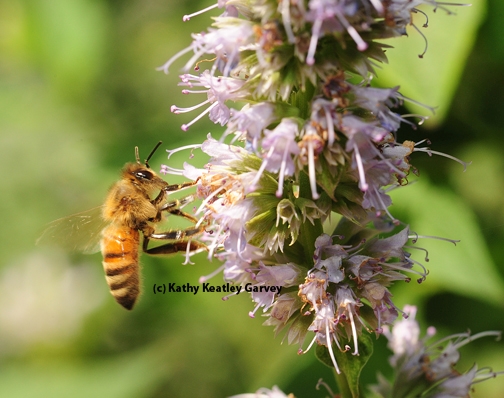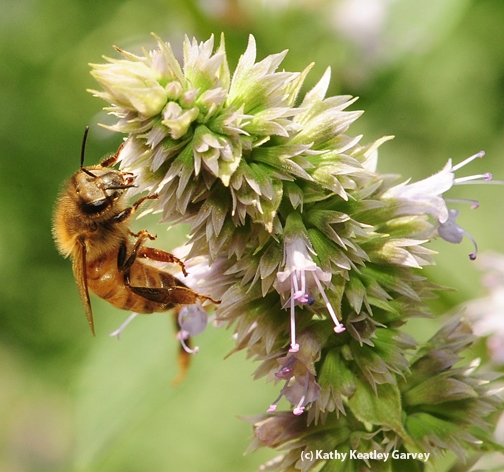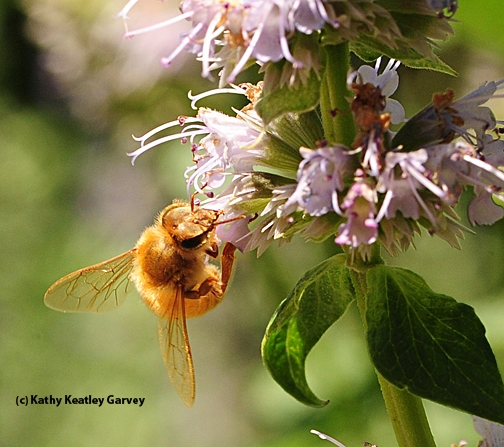Shirley Polykoff (1909-1998), the advertising legend who coined the words "Is it true blondes have more fun?" for a Clairol jingle, raised awareness of blondes, insinuating that "gentlemen prefer blondes."
But when it comes to bees, the most common honey bee in the United States are blondes, also known as Italians or Apis mellifera ligustica. But they have no clue--nor should they--about "fun." Neither do the darker bees, the Carniolans (Apis mellifera carnica) and the Caucasians (Apis mellifera caucasica).
"Fun" is not something attributable to bees. Work is.
On Saturday, Aug. 17, when we celebrate National Honey Bee Day, it's time to think about all the work bees do in gathering pollen, nectar, propolis (plant resin) and water for their colonies. Pollen is their protein; nectar, their carbohydrate.
"Honey bees are the only insects that produce human food," write bee scientists Diana Sammataro and Alphonse Avitabile in the fourth edition of their book,The Beekeeper's Handbook, published by Comstock Publishing Associates, a division of the Cornell University Press.
They list a number of "fun facts" about bees, data gleaned from a number of sources. They include:
- It takes 12 honey bees to make one teaspoon of honey,
- It takes 1-500 flowers to gather a full load, depending on the kind of flower and nectar/pollen production,
- In one trip, a honey bee can visit about 75 flowers and up to 3000 flowers.
- Bees from the same hive visit about 225,000 flowers a day.
- On average, a honey bee produces 1/12th teaspoon (5 drops) of honey in her lifetime.
- A bee has to visit about 2 million flowers to collect enough nectar to make one pound of honey.
- The energy in one ounce of honey would provide one bee with enough energy to fly around the world.
- About 50 to 80 percent of foragers collect nectar.
- Fifteen to 30 percent of foragers collect pollen.
- Fifteen percent of foragers collect both pollen and nectar.
- There are 20,000 to 6 million pollen grains on one bee, depending on the flower species.
- One colony can eat 44 to 65 pounds of pollen a year.
Those are just some of the fun facts in this comprehensive, well-written, well-illustrated book. Sammataro is a research entomologist at the USDA-ARS Carl Hayden Bee Research Center in Tucson, Ariz., and Avitabile is a longtime beekeeper and emeritus professor of biology at the University of Connecticut, Waterbury.
It's the kind of book that beekeepers, from beginning to advanced, will dog-ear.
Attached Images:


